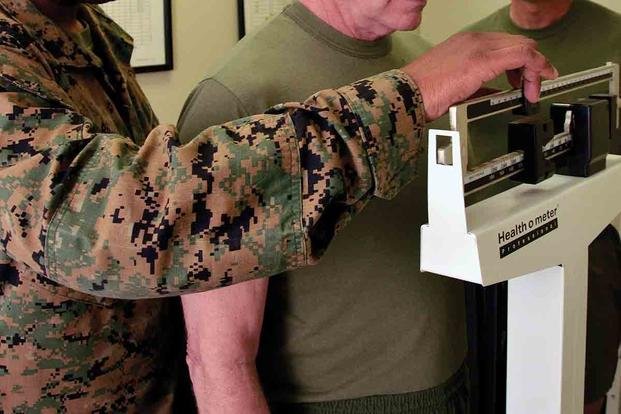A weight-loss plan that worked for your neighbor will not necessarily be right for you. There are no foods or drinks that burn fat. You must burn it by doing more activity or eating fewer calories daily. Because of myths, falsehoods and all the various ways people have lost weight, fat loss can appear complicated to anyone starting a calorie-cutting journey. It doesn’t have to be.
Still, it is not easy and requires consistency and discipline over multiple weeks and months. While age, sex, current weight and activity level determine the total calories you need in a day, a few options exist for starting to cut calories in the right ballpark.
Here are five tips that should help make starting and finishing your weight-loss goal more possible:
1. Eat 500 Fewer Calories or Burn 500 More Calories Each Day
Generally speaking, if you eat 500 fewer calories daily (or burn 500 more calories each day through exercise), you will burn one pound of body mass per week. Assess yourself and determine how many calories you consume daily with a food diary. You can do this with pen and paper or find one of many apps for your phone, such as MyFitnessPal, WeightWatchers or Noom.
Finding 500 calories in your diet that you could afford to remove is not difficult if you are honest with your food diary. A few scoops of peanut butter, a few cookies and a piece of chocolate can be caused by mindless snacking when you are not even hungry. This takes discipline and is the hardest part about improving your life — but it will be worth it.
Read Next: The Most Challenging Leg Workout for Military Fitness
2. Avoid Overeating
We all have 24 hours in a day, but they are not all the same. If you spend 16 hours awake, you have your waking hours to get the total number of calories you need in a day. Even people with busy schedules can overeat with poor food choices and lack of portion control.
While it is good to get your calories started in the morning if you stay within your daily limits, it does not matter when you eat your food – morning, day or night. Just don’t overeat.
Learn to track your calories.
3. You Need Protein
As much as 40% of your diet should be protein-based in each meal. If you are limiting your total calories to 2,200 per day, this means up to roughly 900 calories should be protein. Lean protein sources are best and plant-based proteins are good options, but you want to maintain muscle mass. To do that, your diet requires protein.
4. Carbs Are Not the Enemy
Believe it or not, carbs should make up 30%-35% of your diet. While carbohydrates (especially pure sugar) can be reduced, we need them for energy. Fruits and vegetables are rich in vitamins and minerals; we need them for our health. This is why it is best to discuss a plan with a nutritionist when cutting carbs or dieting, as you could be missing vital nutrients in your efforts to lose weight.
5. You Also Need Fats
You still need healthy fats while looking to burn excess fat. Foods such as fish, walnuts, olives, avocados and almonds should be consumed daily, as fats help our bodies fight inflammation and produce hormones. Approximately 20%-25% of your diet should be from these fats.
If you are not seeing results with your diet, drink more water, go for a walk, get a good night’s sleep and assess your caloric intake by tracking them. Remember: If you are not assessing, you are only guessing. Chances are that portion control in your meals and snacks are causing your calorie-deficit goal to be less than optimal (500 calories a day).
See the Mayo Clinic Calculator or visit a nutritionist for a more personalized daily calorie amount designed for you (which is the best option).
Want to Learn More About Military Life?
Whether you’re thinking of joining the military, looking for fitness and basic training tips, or keeping up with military life and benefits, Military.com has you covered. Subscribe to Military.com to have military news, updates and resources delivered directly to your inbox.
Story Continues
Read the full article here

